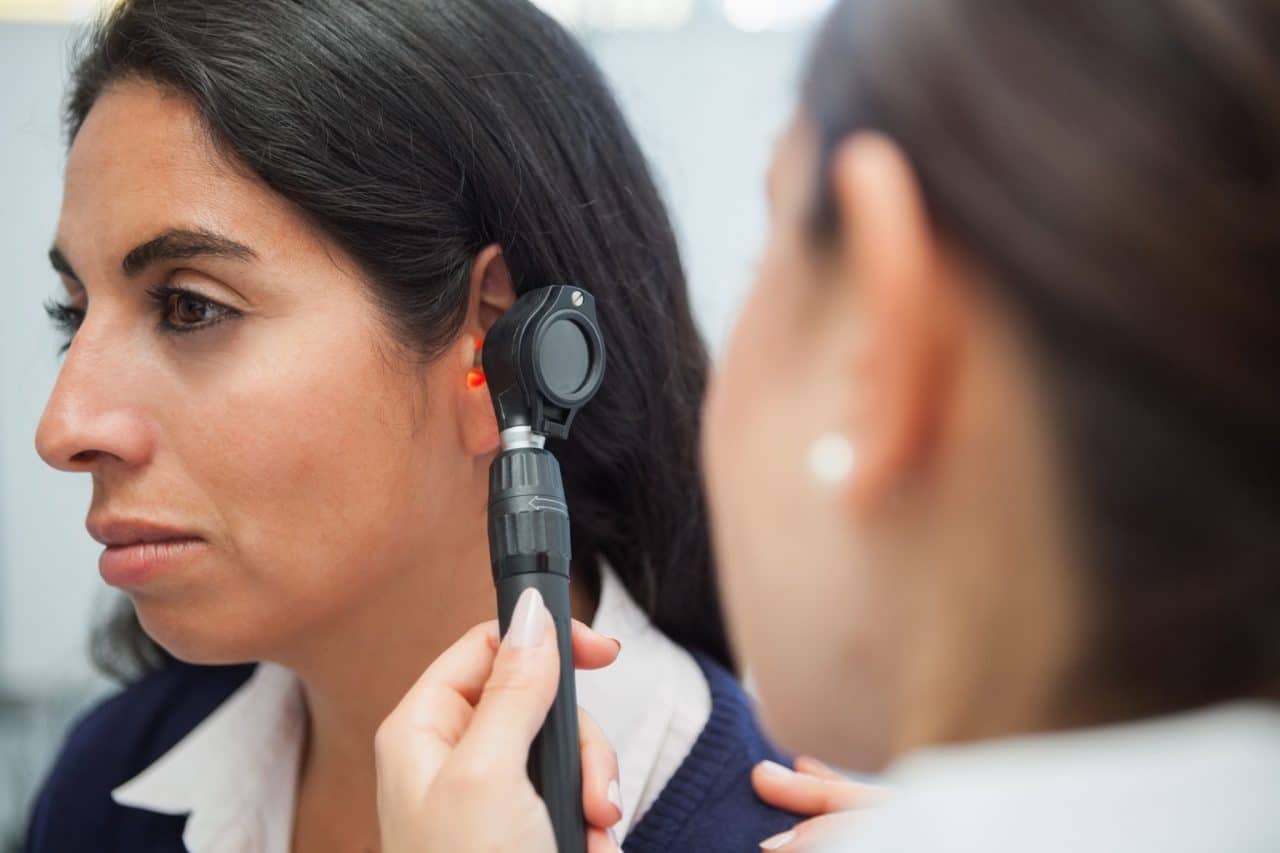What is an Acoustic Neuroma?

An acoustic neuroma (also known as vestibular schwannoma, acoustic neurilemoma, or acoustic neurinoma) is a benign tumor of the cranial nerve that connects the inner ear and the brain.
These growths are made up of Schwann cells which are responsible for producing the myelin sheath, a protective layer that insulates nerve fibers. An acoustic neuroma can result when Schwann cells overproduce, which may happen due to environmental factors like radiation or continual exposure to loud noises.
Though noncancerous and typically slow growing, it can affect both hearing and balance, and may cause hearing loss, tinnitus and dizziness. In rare cases, tumors may become large enough to press against the brain, interfering with vital processes and even leading to death.
Types of Acoustic Neuroma
Unilateral acoustic neuroma. This type is the most common and affects just one ear and most commonly develops in people who are 30 to 60 years of age. Unilateral acoustic neuromas are the result of environmental factors and although a direct cause is often unclear, past radiation exposure to the head is a known risk factor.
Bilateral acoustic neuroma. A small percentage of acoustic neuromas are the result of an inherited disorder called neurofibromatosis type II (NF2), associated with a malfunctioning gene on chromosome 22. This genetic disorder often causes benign tumors to develop on the balance nerves on both sides of the head.
What Causes Acoustic Neuromas?
More often than not, acoustic neuromas are classified as sporadic, meaning their exact cause is unknown. There is some evidence of a connection between exposure to low-dose radiation of the head and neck during childhood and the development of acoustic neuromas.
There are no known risk factors for acoustic neuromas other than having a parent with NF2. If this is the case, children have a 50 percent chance of inheriting the condition themselves.
What Are the Symptoms of Acoustic Neuromas?
Acoustic neuromas, sometimes called vestibular schwannomas, usually grow very slowly (or not at all). Because of this, symptoms early on are often difficult to spot. You may notice gradual hearing loss that is sometimes accompanied by tinnitus.
If the tumor continues to grow, additional symptoms are likely to develop. These include:
- Dizziness and vertigo
- Facial numbness and weakness
- A tingling sensation in the face
- Changes in taste
- Hoarseness
- Difficulty swallowing
- Headaches and confusion
Early diagnosis and treatment can help prevent more serious symptoms.
What Is the Risk of an Untreated Acoustic Neuroma?
When these tumors go untreated they can grow. If there is no more room to grow in the ear canal, the tumor may enter into the skull cavity and put pressure on the brainstem. This can cause neurological disorders and may be fatal.
How Are Acoustic Neuromas Diagnosed?
Your otolaryngologist can diagnose an acoustic neuroma primarily through a review of your symptoms in conjunction with a hearing test and imaging scans (CT or MRI). Because growth of the tumor is usually very slow, many times your doctor will simply want to monitor the tumor’s progress over time, especially when few symptoms are present. Regular imaging tests every six to 12 months can track any growth.
What Is the Most Common Treatment Option?
Surgery may be an option for tumors that are growing or causing symptoms. Gamma Knife radiosurgery delivers radiation without the need for an incision, but results can take a long time. More invasive surgery may be required, especially if your tumor is growing close to the brain or facial nerve.
Call ENT Associates of Alabama at (888) 368-5020 for more information or to schedule an appointment.
